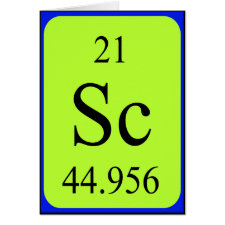
Authors: Liu YX, Liu L, He YH, He QH, Ma H
Article Title: Quantum-dots-encoded-microbeads based molecularly imprinted polymer.
Publication date: 2016
Journal: Biosensors and Bioelectronics
Volume: 77
Page numbers: 886-893.
DOI: 10.1016/j.bios.2015.10.024
Alternative URL: https://www.researchgate.net/publication/283299664_Quantum-dots-encoded-microbeads_based_molecularly_imprinted_Polymer
Abstract: Quantum dots encoded microbeads have various advantages such as large surface area, superb optical properties and the ability of multiplexing. Molecularly imprinted polymer that can mimic the natural recognition entities has high affinity and selectivity for the specific analyte. Here, the concept of utilizing the quantum dots encoded microbeads as the supporting material and the polydopamine as the functional monomer to form the core-shell molecular imprinted polymer was proposed for the first time. The resulted imprinted polymer can provide various merits: polymerization can complete in aqueous environment; fabrication procedure is facile and universal; the obvious economic advantage; the thickness of the imprinting layer is highly controllable; polydopamine coating can improve the biocompatibility of the quantum dot encoded microbeads. The rabbit IgG binding and flow cytometer experiment result showed the distinct advantages of this strategy: cost-saving, facile and fast preparation procedure. Most importantly, the ability for the multichannel detection, which makes the imprinted polydopamine modified encoded-beads very attractive in protein pre-concentration, recognition, separation and biosensing
Template and target information: protein, IgG, immunoglobulin G
Author keywords: Quantum dots, molecular imprinting technique, Polydopamine



Join the Society for Molecular Imprinting

New items RSS feed
Sign-up for e-mail updates:
Choose between receiving an occasional newsletter or more frequent e-mail alerts.
Click here to go to the sign-up page.
Is your name elemental or peptidic? Enter your name and find out by clicking either of the buttons below!
Other products you may like:
 MIPdatabase
MIPdatabase









